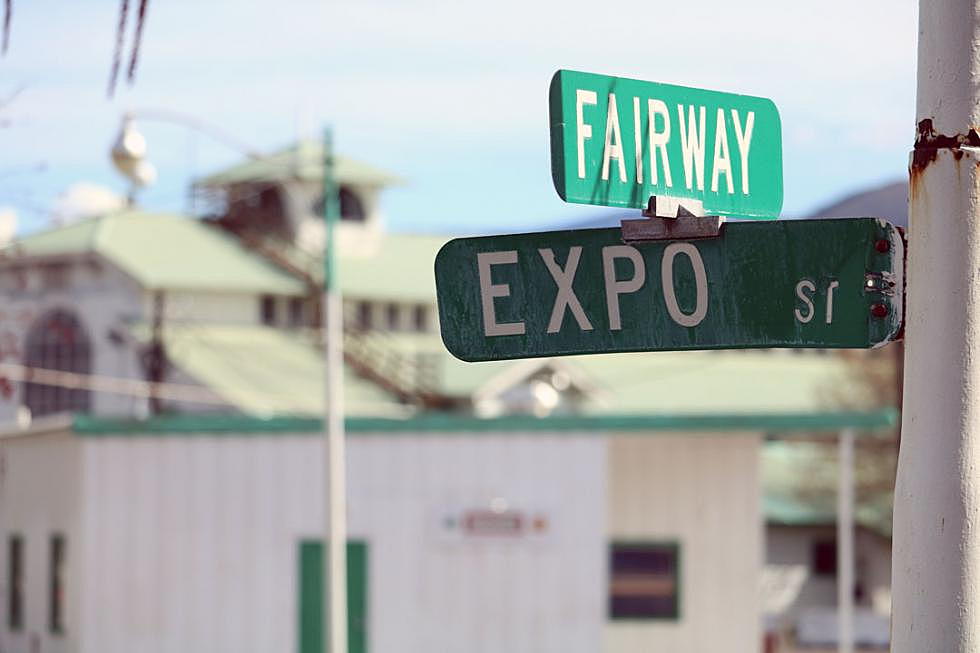
Missoula County asks city to add fairgrounds to Midtown urban renewal district
Missoula County commissioners are asking the City Council and the Missoula Redevelopment Agency to amend the boundaries of a Midtown urban renewal district to include the county fairgrounds.
Commissioners and members of the Fair Advisory Board have broached the subject for years, dating back to when the master plan detailing the property's future was still in the works.
The request was made official in a letter submitted to the city earlier this month.
“The fairgrounds has been built and maintained with community spirit and volunteerism throughout the last century,” the letter states. “While this approach provided emotional investment and community relevance, it has left the site blighted and in need of revitalization.”
Last year and after years of work, the county adopted the Fairgrounds Implementation Plan. In doing so, it identified which historic buildings would be restored and what new buildings would be required to meet community needs.
In their Fiscal Year 2018 budget, the county commissioners dedicated three additional mills to help fund capital improvement projects at the fairgrounds. The county has also tucked away the needed funding to complete at least one building project, that being the Learning Center.
But millions of dollars will be needed to bring the fairgrounds plan to fruition, and the county says it can't do it alone. As adopted, the plan calls for a new rodeo arena, a livestock center, an exhibit building and an expanded Glacier Ice Rink.
Emily Bentley, who now serves as the fairgrounds director, said the plan also adds 19 acres of green space and 6,000 feet of non-motorized trails connecting surrounding neighborhoods. It is, she believes, in the city's interest to play a role in the property's redevelopment.
“Improvements to the fairgrounds will improve the adjacent property values and the values across Midtown in general,” Bentley said on Friday. “Improvements to landscaping, fencing, the streetscape and trails will improve the design and property values in Midtown.”
While the county acknowledges that the size of the projects and their potential cost may cause concern over the use of tax increment financing from the Midtown district, it believes a partnership can be established with parameters.
Bentley said that tax increment requests made by the county to MRA would only address public infrastructure like sidewalk improvements, water lines and burying utilities. It would not include the plan's building projects.
If done properly, Bentley added, the fairgrounds could help Midtown realize its full potential.
“We've proposed doing a memorandum of understanding with MRA,” Bentley said. “We understand there may be trepidation given all the needs at the fairgrounds. We'd only ask for the type of things the private sector would ask for.”
MRA has used tax increment financing to create public infrastructure in private projects before within the Midtown district, including Southgate Mall, South Crossing and OnXmaps, among others.
The City Council has not taken up the county's request, and MRA will likely look to the city for direction.
“We talked about it and agreed that this is a major policy issue for the City Council,” said MRA Director Ellen Buchanan, referring to discussions she has had with MRA board chair Karl Englund. “This really does have huge policy implications because of the depth of need at the fairgrounds.”
While MRA can offer recommendations, Englund said, the decision lies with the City Council.
“The way I recall the statute, it's the council's decision on whether to establish a district and to set the boundaries,” Englund said. “It seems to me it's very important from both a policy standpoint and public perception, that those kind of policy decisions be made by the council.”
According to the county, it purchased the fairgrounds property for $16,000 back in 1913. Back then, the property sat outside the city limits. It's now surrounded by the city in the Midtown district, though it is not included in the surrounding urban renewal district.
The entire Midtown area remains in flux and is the subject of several city plans. It's also attracting millions of dollars in private and public investment as the pace of redevelopment quickens.
The county believes the fairgrounds plays a vital role in that redevelopment, and MRA's early involvement is fundamental to the project's success.
“We have a funding gap in our first phase we're hoping MRA can help us fill,” Bentley said. “We want the city to be at the table in terms of design. It's right in the center of the city. We'd like for the city to put some skin in the game and have a stake in the outcome of the design and redevelopment.”
